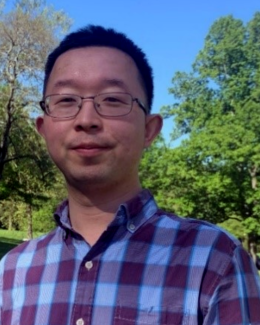Abstract
Insulation materials with a thermal resistance per inch higher than 6hˑft2ˑF/Btuˑin or R6/in (42mˑK/W) are needed for building envelope retrofits in which solutions with slim profiles are required because of minimal available space or because real estate has a premium cost. These insulation materials will also be of benefit to prefabricated construction given that slim designs either reduce shipping costs or increase the floor space provided to the customer. Vacuum insulation panels (VIPs) are the current state-of-the-art insulation material with a resistance of about R35/in (243mˑK/W); however, their use in buildings ishindered by the fact that damages to their protective film decrease their performance to ≤R8/in (56mˑK/W). Given the lack of robust, highly-insulating materials, we are exploring methods to develop evacuated spheres that can act as a closed-cell vacuum insulation. The evacuated spheres could be assembled into boards that could attain ~R14/in (97mˑK/W). Advantages that evacuated spheres will offer over VIPs are that they will likely be more suitable for construction because punctures will only cause localized damage, and that the boards could be cut into customized shapes. We are currently investigating two processes to evacuate spheres to produce polymeric vacuum insulation spheres (PVISs) and coated and evacuated insulation spheres (CEISs). PVISs involve the extrusion of economical polymers, blowing agents, and gas barriers. CEISs use naturally-occurring or synthesized hollow particles with porous shells that are evacuated and coated with a gas impermeable thin film. Both manufacturing processes aim for very large throughputs to ensure cost-effectiveness and adoption by the construction industry. This paper discusses the manufacturing techniques that we are exploring and our progress to date.


